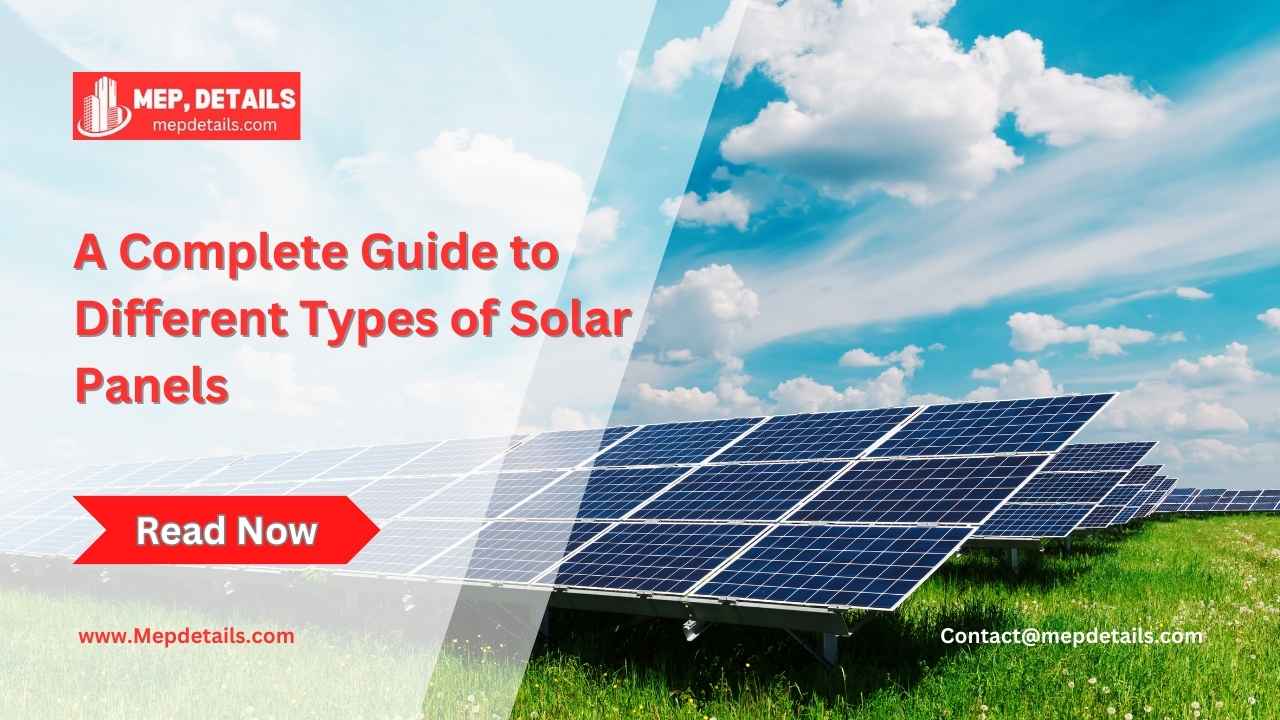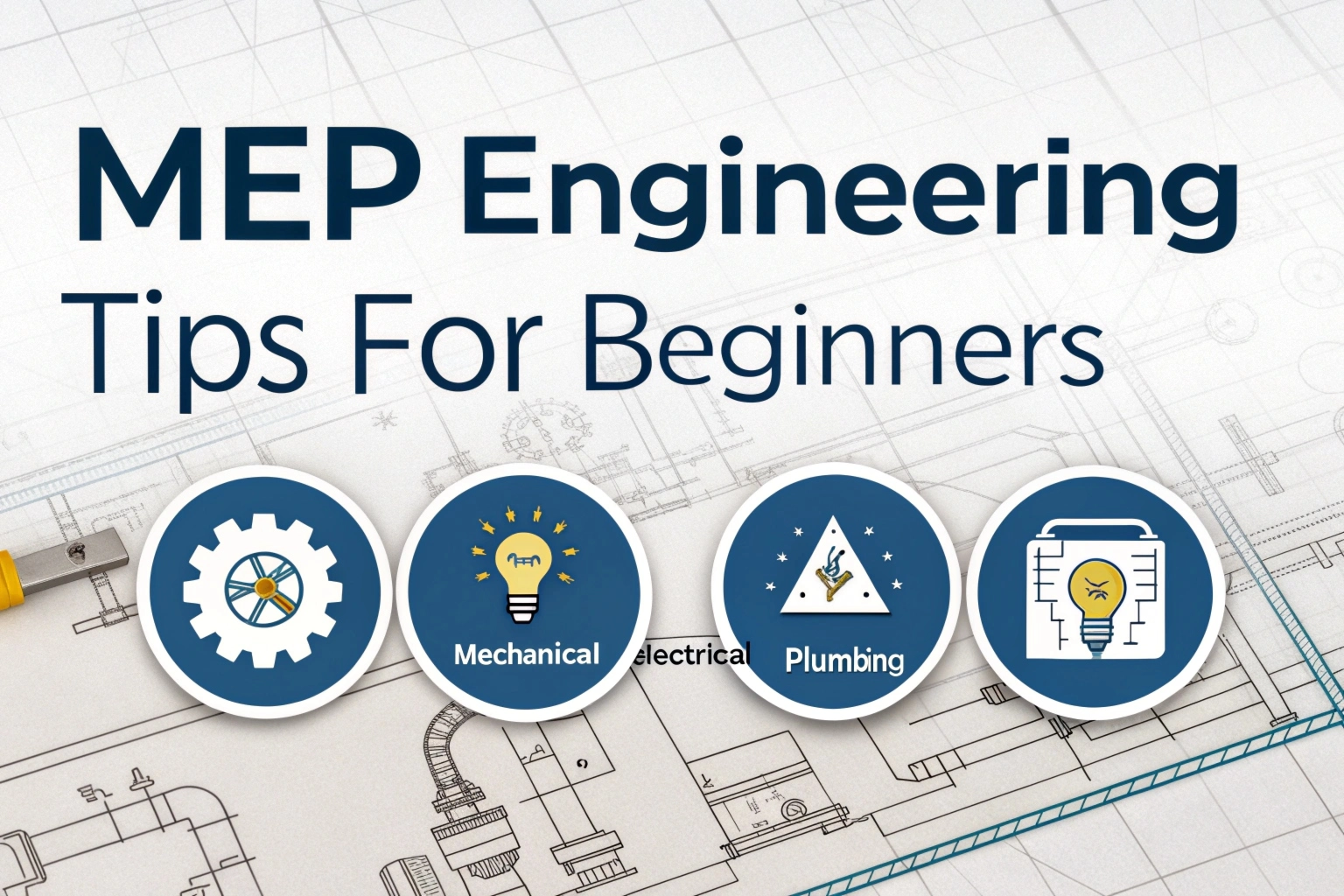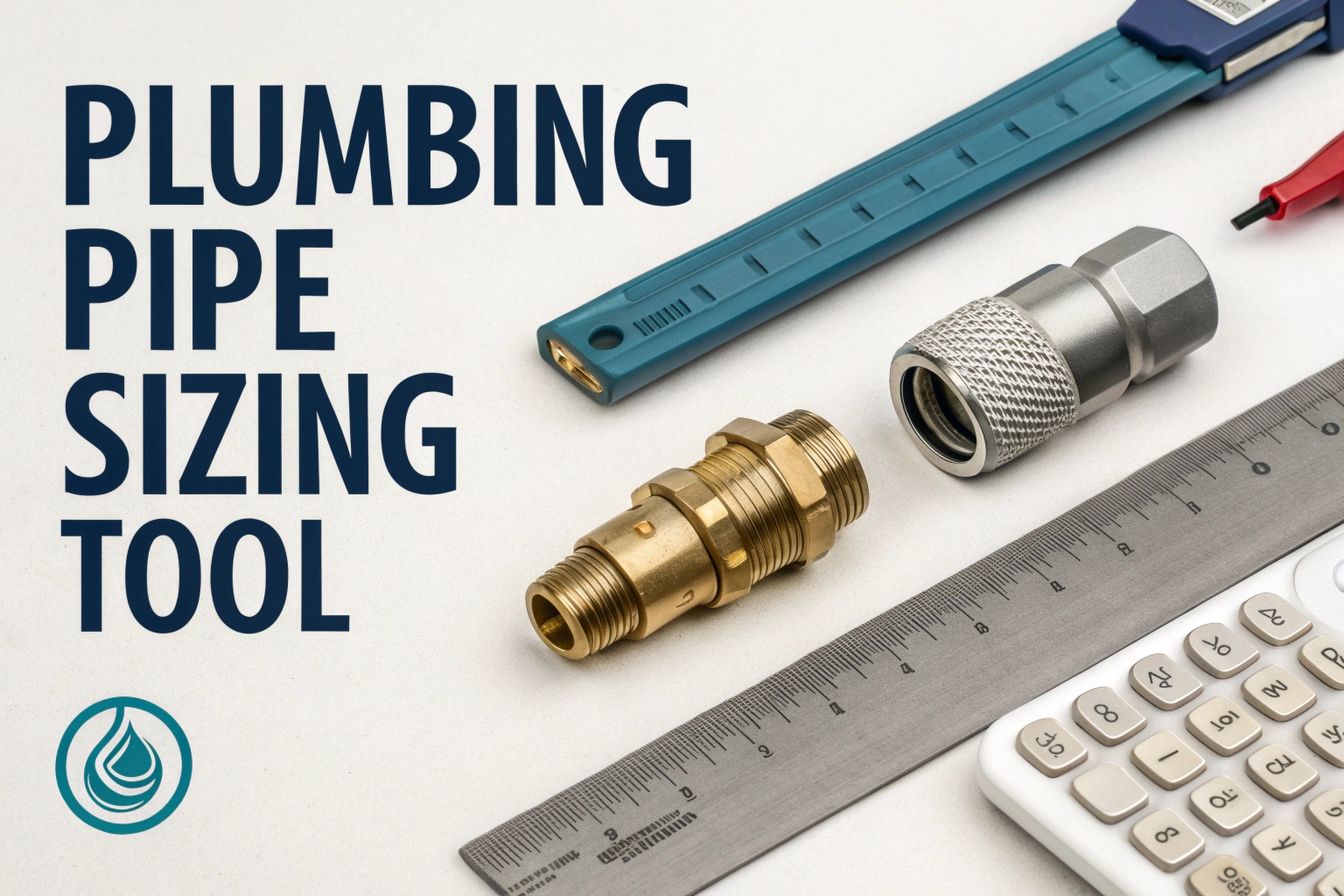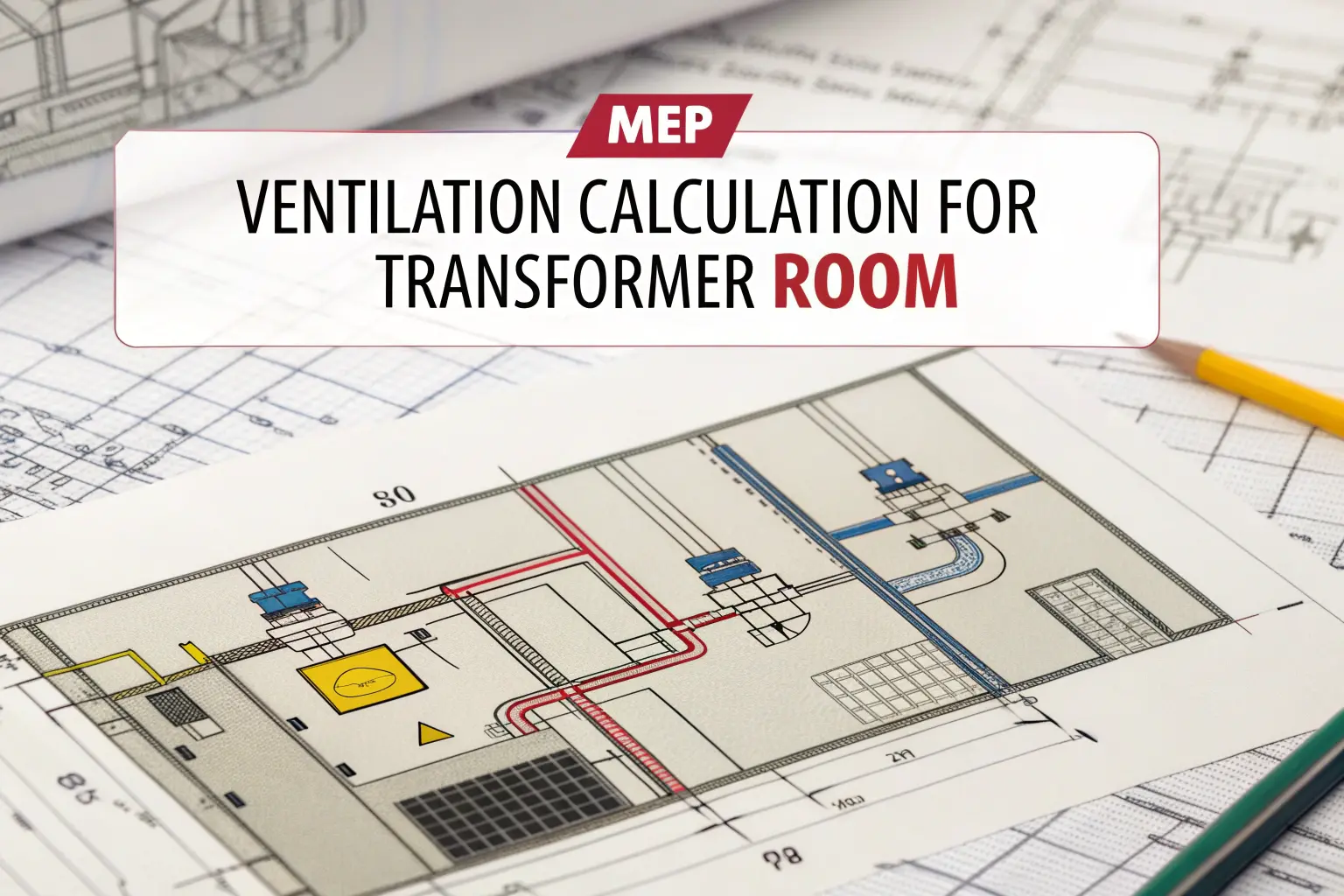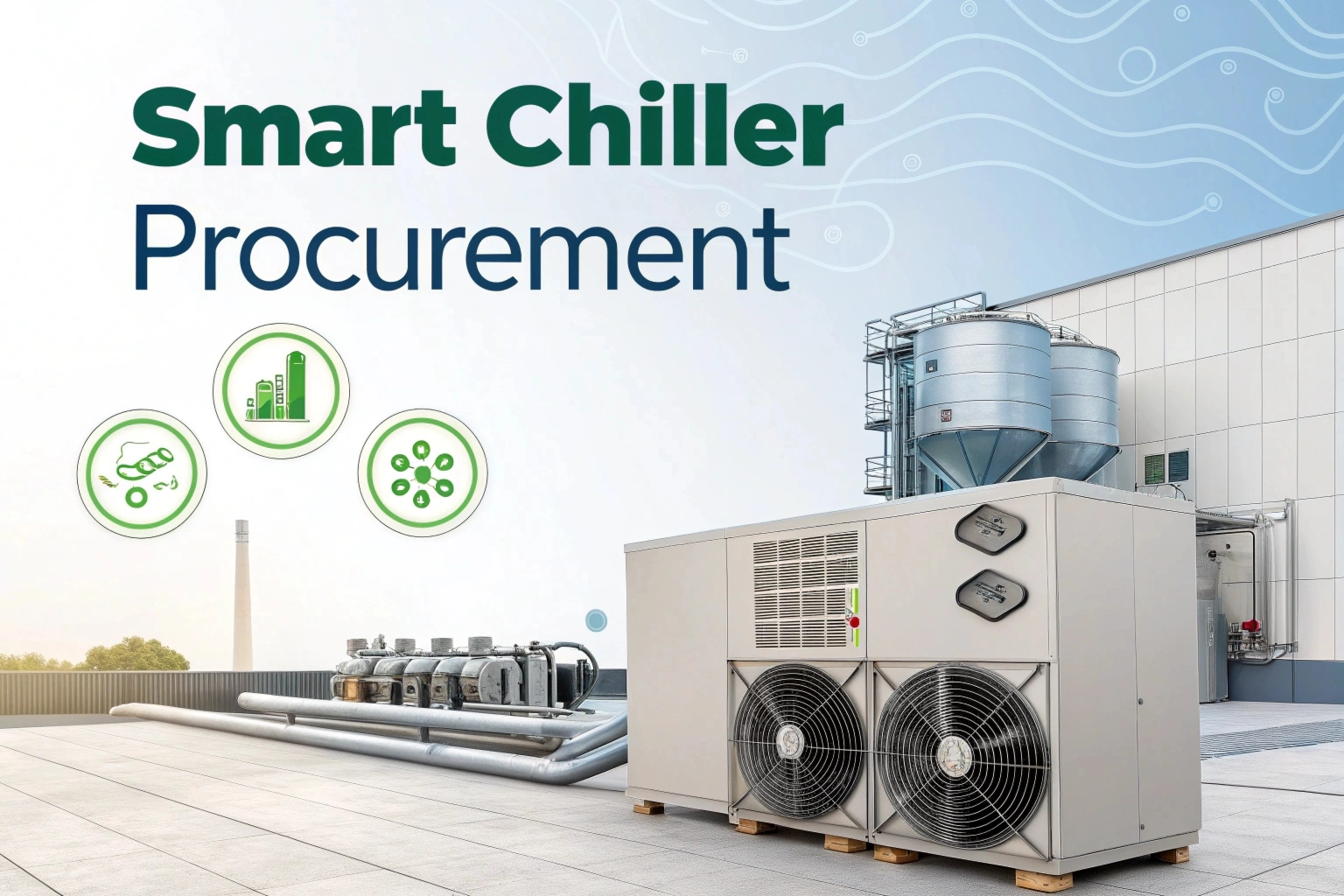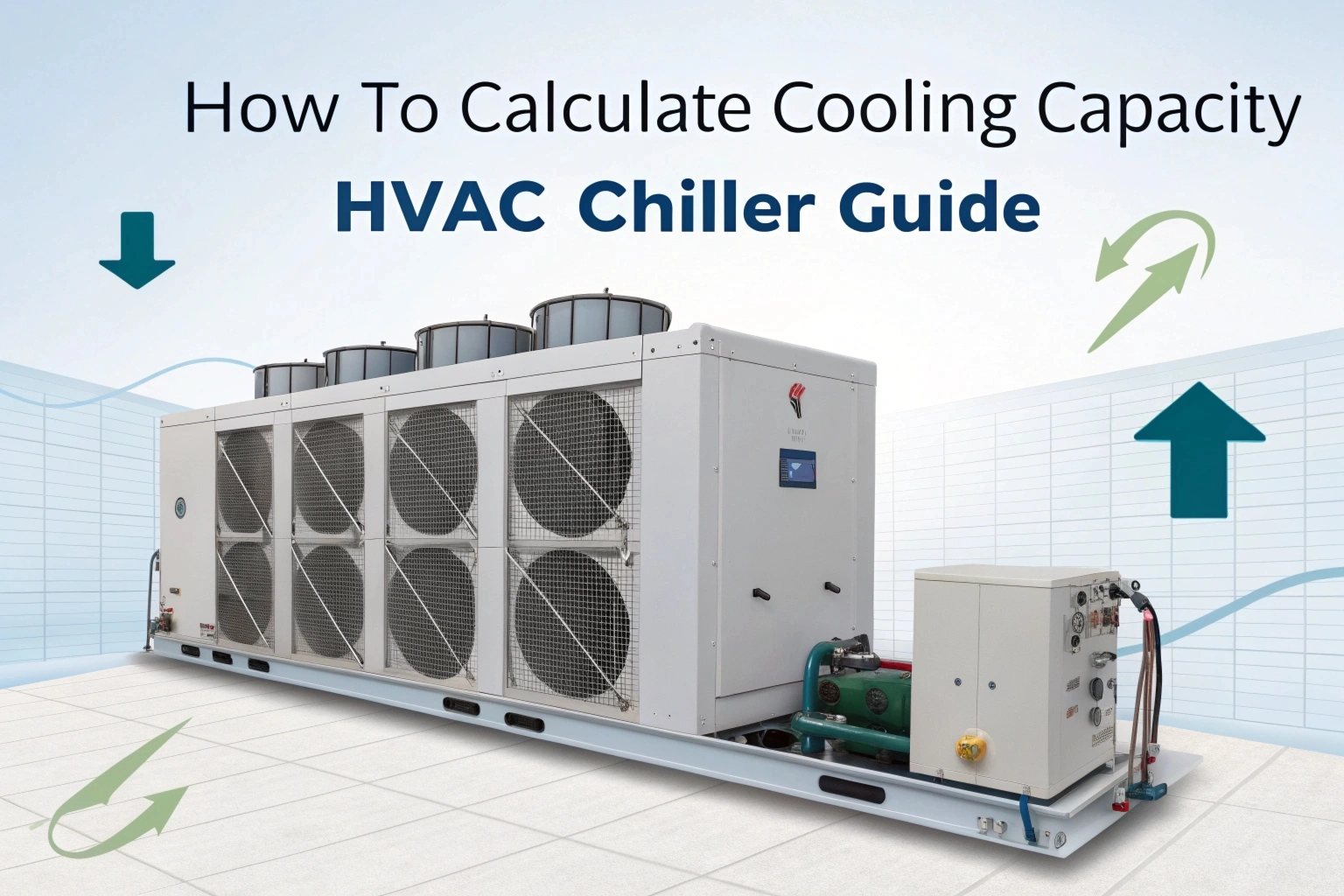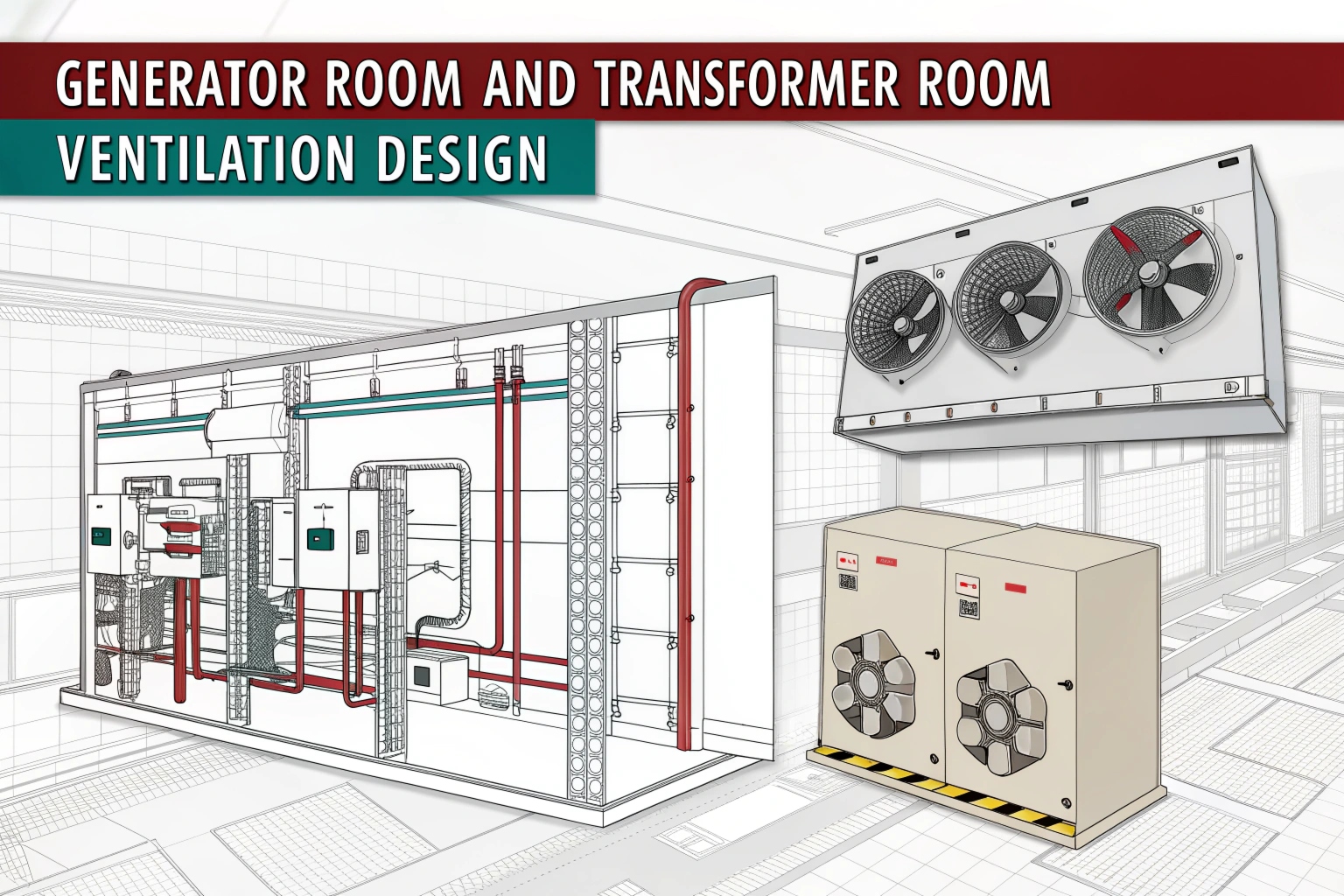Did you know that the sun could generate enough energy to satisfy the needs of the world for a whole year in just one minute? It could generate more energy in 24 hours than all the people on Earth would use in 27 years. Many solar products have been invented over the years using different types of solar panels for use, collection, and storage of the sun’s energy into electrical energy.
That’s why deploying solar energy constitutes a reliable and a long lasting, but affordable source of powering the world, especially if you’d go for the most appropriate solar panels for your region.
Are you ready to commence your voyage towards a cleaner and brighter future? To reduce energy bills and carbon, install solar panels. And right now, it’s the ideal moment to step up for the planet—and your wallet.
Would you like help with refining this for a specific audience or platform?
Choose the Right Solar Panel for Your Home
The graph below demonstrates that solar photovoltaic (PV) power has been racing up in the UK over the years. In the same time period of 2014 to 2015, solar PV power generation increased nearly 87%.
Most people don’t know that the market provides alternatives for solar technologies such as solar thermal and solar water heating mechanisms. Most of these systems will heat water or function differently than conventional solar panels.
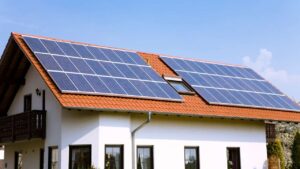
In the subsequent sections of this article, you are going to learn more about the different solar panels which generate green electricity. Many types of solar panels are available in the market as a result of years of research and development.
Solar panels can also be installed in your garden if your roof doesn’t give you enough space.
MEP Details have shared the information on the common and some unique types of Solar Panels to help you understand your options better.
Advantages and Disadvantages of Solar Panels
| Type of Solar Panel | Efficiency Rate | Advantages | Disadvantages |
| Monocrystalline Solar Panels (Mono-SI) | Around 20% | Work very efficiently; suit commercial use; last for many years | Cost more than other types |
| Polycrystalline Solar Panels (p-Si) | Around 15% | Cost less than monocrystalline panels | Don’t handle high temperatures well; don’t last as long; need more space |
| Thin-Film: Amorphous Silicon Solar Panels (A-SI) | Around 7–10% | Cost less; easy to make; bend and fit different surfaces | Don’t last as long; come with shorter warranties |
| Concentrated PV Cells (CVP) | Around 41% | Provide very high efficiency and performance | Need a solar tracker and a cooling system to work well |
List of 7 Best Types of Solar Panels
Efficiency wise the best in the market for solar panels is the monocrystalline solar panels. They are able to absorb more sunlight than polycrystalline and thin film panels. As they cost more because they are more efficient than cheaper panels, usually made with polycrystalline silicon, fourth are thin films, fifth are dye solar cells, and sixth are organic.
The majority of black solar panels and the majority of solar panels inside of products utilize monocrystalline silicon. Polycrystalline panels due to their structure do not absorb the sunlight as much as the monocrystalline ones do because they do not have the proper alignment of the silicon.
Pure silicon is used by manufacturers to make monocrystalline panels using a pulling method. There are some of these panels as PERC (Passivated Emitter and Rear Contact) panels. Unabsorbed sunlight is reflected back through a rear layer, which increases their efficiency. The highest efficiency belongs to bifacial panels among monocrystalline panels. Sunlight is absorbed from both sides.
Although monocrystalline panels achieve the best efficiency, they don’t always make sense for every setup. Other types of panel also have their own advantages.
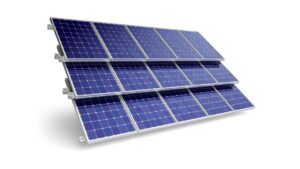
How to Group Different Types of Solar Panels
Solar panels of each type are for different purposes. Solar panels work differently depending on the amount of sunlight and where, Earth, or space, it is located. Additionally, the right type depends in part on the panel angle and direction as well.
Solar panels can be grouped by:
The number of light absorbing layers is known as the junction type, either single or multi-junction.
This considers the material and level of efficiency, sometimes in conjunction with generation type (i.e., first generation, second generation, third generation).
1st Generation Solar Panels
The most common of these panels are these. There are monocrystalline and polycrystalline sets.
1. Monocrystalline Solar Panels (Mono-SI)
Monocrystalline panels use pure silicon. Its edges are rounded and it looks dark. The reason why these panels work so efficiently (above 20% often) is that they can both absorb light and emit it as needed by the cells.
Other types produce less power, take more space, and have a shorter useful life. But they also cost more. Polycrystalline panels cannot handle very high temperatures as well as they do.
2. Polycrystalline Solar Panels (Poly-SI)
The appearance of these panels is specked blue with square corners. Because they can manufacture them by melting raw silicon, monocrystalline panels use less time and money.
However, since this makes them cheaper, but offers lower efficiency (about 15%), consumes more space, and does not last as long. They also heat up faster. And in fact there’s not that much of a difference between mono and poly. Select space, budget and the power you require for your needs and these options are your best choices.
2nd Generation Solar Panels
Thin film panels are included, mostly power stations, buildings or small systems.
3. Thin-Film Solar Cells (TFSC)
Other types cost less than thin film panels. They are manufactured when a base layer is covered with one or more thin layers of solar material, such as silicon or copper or cadmium.
These panels are easy to make and require less material. In turn, they easily bend, which makes them suitable for the flexible design. They handle heat well too. However, they require more space and have a shorter lasting time. They come with shorter warranties offered by the manufacturers. They are best suited places where there is lots of space.
4. Amorphous Silicon Solar Cells (A-Si)
You may also know these from solar powered calculators. Their triple layer tech puts them at the top of the thin film category.
Each of these panels is just 1 micrometre thick. However, they only have an efficiency of 7% as compared to crystalline silicon types that go up to 18%. The other types are more costly but work much better.
3rd Generation Solar Panels
Most of these newer types of PVs are based on thin film technologies. Many still need more research and development. There are some which use organic and others that use inorganic materials like cadmium telluride.
5. Biohybrid Solar Cell
This solar panel was created by researchers with Vanderbilt University. It was based on the process of photosynthesis by use of a system known as Photosystem 1.
This system makes more effective use of sunlight to turn it into electricity. These cells can exist in layers of Photosystem 1 layered several hundred times to become 1000 times more efficient than even the first generation panels. More details can be found in the American Journal of Optics and Photonics.
6. Cadmium Telluride Solar Cell (CdTe)
The electricity is created by cadmium telluride on these panels. The cost of production and the payback are less. Besides, they also use the least amount of water in production, thereby allowing you to reduce your carbon footprint.
However, by inhaling or swallowing cadmium telluride it could be toxic. Many people in Europe are worried about this, and often avoid using them.
7. Concentrated PV Cells (CVP and HCVP)
Mirror, lens and cooling systems focus sunlight on these cells. In an arrangement similar to other solar panels, they reach much higher efficiency, at up to 41%.
Sun has to be faced by them at the right angle. The panel tracks the sun all day and to do that a solar tracker is utilized. Proper alignment and this setup together yield more power, but other than proper alignment, this does not work.
Conclusion
In conclusion, if you want to make the most of the solar energy, you will have to choose the kind of solar panel. Each is good at something specific and works in different situations. Polycrystalline panels cost less and perform well but only behind monocrystalline panels that give the highest efficiency. Thin film panels are good for large spaces as well as special applications.
They also have great promise for the future, newer solar technologies. It is a good idea to choose one based on your space, budget and energy needs. As a clean and smart way of reducing electricity bills and protecting the environment, solar power is one of the best sources of renewable energy.
Selecting the right panel takes you far toward a better, greener future. While solar energy is used for powering homes, it allows people a chance to live in a more sustainable way.
Therefore, take action today and start to harness the power of the sun. Going solar ensures a bright future.
Read More – PIN Diode: How It Works, Its Parts, and Everyday Uses

